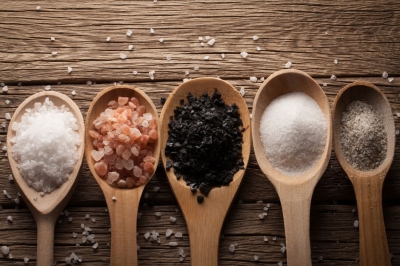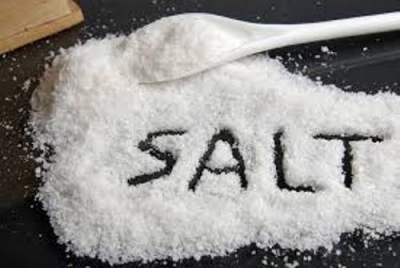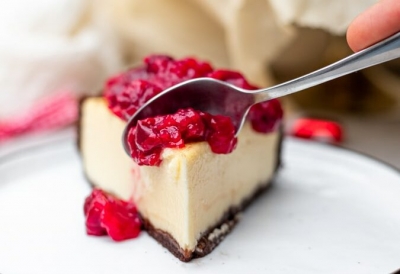
Salt is now sold in a variety of shapes and size.
Table salt
It is mostly harvested from salt deposits found underground. It’s iodized, highly refined and finely ground, with impurities and trace minerals removed in the process. It’s also treated with an anti-caking agent to keep from clumping.
Kosher salt
It is also called koshering salt. It is flakier and coarser-grained than regular table salt. Its large grain-size makes it perfect for sprinkling on top of meat, where it releases a surprising blast of flavour. Kosher salt also dissolves quickly, making it a perfect all-purpose cooking salt. According to Saltworks, most kosher salt does not contain any added iodine or any anti-caking agents. The salt is used in the koshering process, when surface fluids are removed from meat through drying.
Sea salt
Harvested from evaporated sea water, it is usually unrefined and coarse-grained. It also contains minerals like zinc, potassium and iron, which give sea salt its special flavour. Sea salt is made into several specialty salts.
Himalayan pink salt
Himalayan alt is the purest form of salt in the world. It is harvested by hand from the Khewra Salt Mine in the Himalayan Mountains of Pakistan. Its colour ranges from off-white to deep pink. It contains the 84 natural minerals and elements found in the human body. Himalayan salt is used in cooking and in spa treatments. You can buy a slab of this salt in the shops in the mountains.
Celtic sea salt
It is also known as sel gris (French for “grey salt”). Celtic sea salt is harvested from the bottom of tidal ponds off the coast of France. The salt crystals are raked out from the mineral-rich seawater and this gives Celtic salt its moist, chunky grains, grey colour and briny taste. Bakers prefer this salt.
Fleur de Sel
The word means “flower of salt.” Fleur de sel is a sea salt hand-harvested from tidal pools off the coast of Brittany, France. Paper-thin salt crystals are cut off carefully from the water’s surface, much like cream is taken from milk. This is done on sunny, dry days with a slight breeze, and only with traditional wooden rakes. This salt is rarely found and needs a lot of work and therefore is the most expensive salt (five pounds of it is 80).
The salt is moist, has a blue-grey tint and is rich in minerals. Fleur de sel is used as a finishing salt to add a dash of flavour to meat, seafood, vegetables and even sweets like chocolate and caramel.
Kala Namak
Kala namak or black salt is Himalayan salt that’s been packed in a jar with charcoal, herbs, seeds, and bark, then fired in a furnace for a full 24 hours before it is cooled, stored and aged. It is reddish-black in colour, has a pungent, salty taste and a faint smell of eggs. It’s often used in vegan and vegetarian dishes to give egg-free dishes the taste of egg. Also used in Ayurvedic practice.
Flake salt
Harvested from salt water through evaporation, boiling or other means, flake salt is thin and irregularly shaped with a bright, salty taste and very low mineral content. Its shape makes the salt dissolve quickly. So this can be used for gargling and oral dehydration therapy.
Picture Credit : Google










